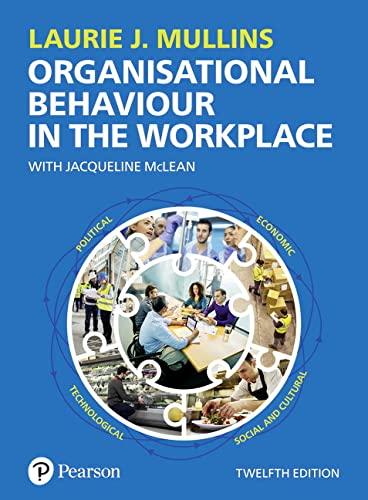BSBOPS504 Presentation guidelines O Explain the risk management process/project determine the scope of your chosen risk management process/project operational risk management evaluate organisational requirements and standards for managing risk . The type and level of risk that your organisation faces and how it affects your objectives . The policies and procedures that your organisation has in place to identify, assess, treat, monitor and report on operational risk . The compliance with relevant laws, regulations and industry standards, such as CPS 230 Operational Risk Management for APRA-regulated entities in Australia The use of best practices and guidelines, such as ISO 31000 Risk management - Guidelines for a systematic and integrated approach to risk management determine the legal requirements of your risk management process/project Stages of operational risk management The five steps in the ORM process are: 1) Risk Identification, 2) Risk Assessment, 3) Risk Mitigation, 4) Control Implementation, and 5) Monitoring. (explain each) > list resources available to address risk There are five categories of operational risk: people risk, process risk, systems risk, external events risk, and legal and compliance risk. establish objectives and critical success factors of the risk management process/project Commitment and support from top management (2) Communication, (3) Culture, (4) Information technology (IT), (5) Organization structure, (6) Training and (7) Trust. ( Explain it ) Identify stakeholders who will be part of the risk management process. internal stakeholders such as employees and managers, as well as external stakeholders such as customers, suppliers, and regulators. Explain the points each short analyse the external environment of the risk management process/project. A business's external environment is all the factors outside of it that can affect it. The external environment includes economic factors, legal factors, political factors and technological factors. External factors present companies both risks and opportunities. These might include employee illness, major weather events or emergencies, legal decisions, market volatility, and supply chain risks. establish the strengths and weaknesses within your business that have the potential to create or impact risk







